The Zoox robotaxi features no steering wheel, no pedals, and four inward-facing seats. Last week, I became the first journalist to ride in one of these vehicles in their eventual launch market: Las Vegas.
It’s a pivotal moment to evaluate the state of robotaxis. Elon Musk is betting Tesla’s future on this concept, with plans to reveal a vehicle in August.
Despite years of hype about fully autonomous vehicles transforming transportation, it’s still uncertain if the technology is ready and how quickly companies like Zoox can scale it with thousands of cars on the road.
Zoox’s car took me on a 5-mile loop of public roads near the strip, going through mixed, multi-lane traffic at speeds up to 45 miles per hour.
The experience was akin to a typical ride-hail journey: use the smartphone app to set the destination, hop in, buckle up, and press “Start” on one of the small control panels by each passenger seat.
The vehicle includes air conditioning—a necessity in Las Vegas’s 100F (38C) desert heat—and music playback, though the interior is otherwise quite basic.
Zoox’s co-founder and chief technology officer, Jesse Levinson, accompanied me on the ride to demonstrate the company’s progress since Amazon acquired it four years ago.
Zoox’s goal is to operate an autonomous ride-hailing service similar to Uber or Lyft, but without human drivers, using purpose-built robotaxis the company plans to own and operate. Unlike its competitors, Zoox has avoided retrofitting consumer cars or forming partnerships.
My familiarity with Zoox’s vehicle dates back to a December 2020 visit to their California headquarters, where I first saw the car’s design and specifications.
This recent trip marked my first ride in a non-controlled environment; Zoox currently operates a limited 1-mile route between two facilities in Foster City, California.
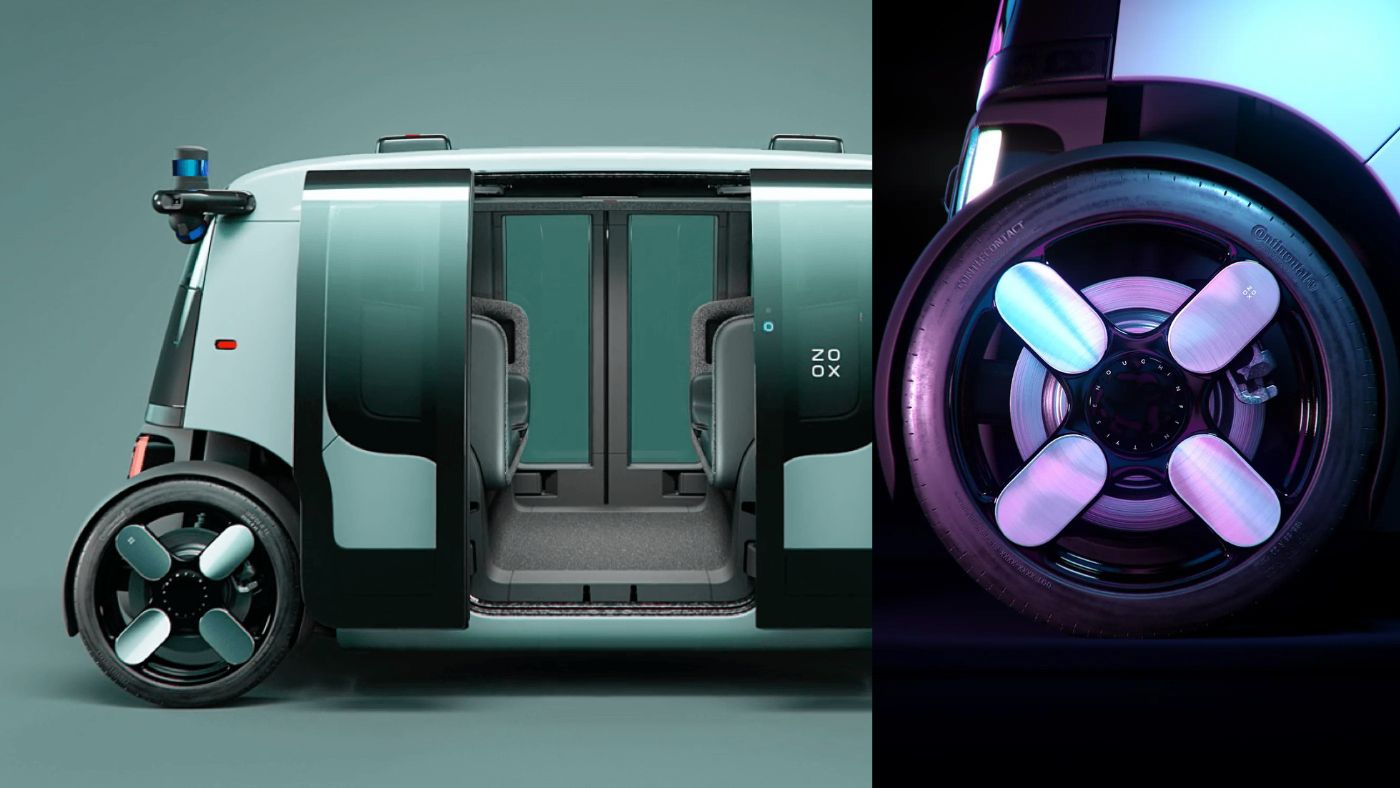
The Las Vegas deployment will make Zoox the first company in the U.S. to operate a purpose-built robotaxi on public roads at relatively high speeds.
Over the years, Zoox has been clear about its end goal. Unlike Alphabet’s Waymo or General Motors’ Cruise, Zoox has avoided publicizing commercialization timelines. Additionally, Zoox chose not to test the business model with retrofitted cars featuring steering wheels and pedals.
During my ride, Zoox’s vehicle successfully handled several unprotected right turns, yielding to oncoming traffic and pedestrians.
The car managed to turn right at a red light when there was no oncoming traffic, although it did not attempt any left turns—protected or otherwise. Levinson explained this was due to the route layout, insisting the vehicle can handle left turns.
Throughout the trip, we encountered cars cutting in front of us, construction along the median, and lane closures. Zoox wouldn’t let us begin the journey until a faulty traffic signal was fixed.
The experience felt similar to being in an airport shuttle or monorail, but with the Zoox going through multiple lanes of traffic and changing lanes based on surrounding cars.
Compared to my experiences with Waymo and Tesla’s Full Self-Driving system, Zoox’s vehicle drove more smoothly, made quicker decisions, and behaved more like a typical human driver.
A notable psychological adjustment was the lack of front or back windows and the absence of screens showing a digital visualization of what the car sees—features offered by Waymo and Tesla.
Zoox’s vehicle is equipped with a sophisticated sensor suite on each corner, including lidar, radar, and cameras. The company has developed a cost-effective way to build its robotaxi and a straightforward assembly line in California, with most components preassembled by suppliers.
While the per-unit cost of each robotaxi is high, suppliers can produce thousands of units annually. If these robotaxis can operate for significant portions of the day and charge fares similar to current ride-sharing apps, Zoox will quickly cover its costs, validating the business model.
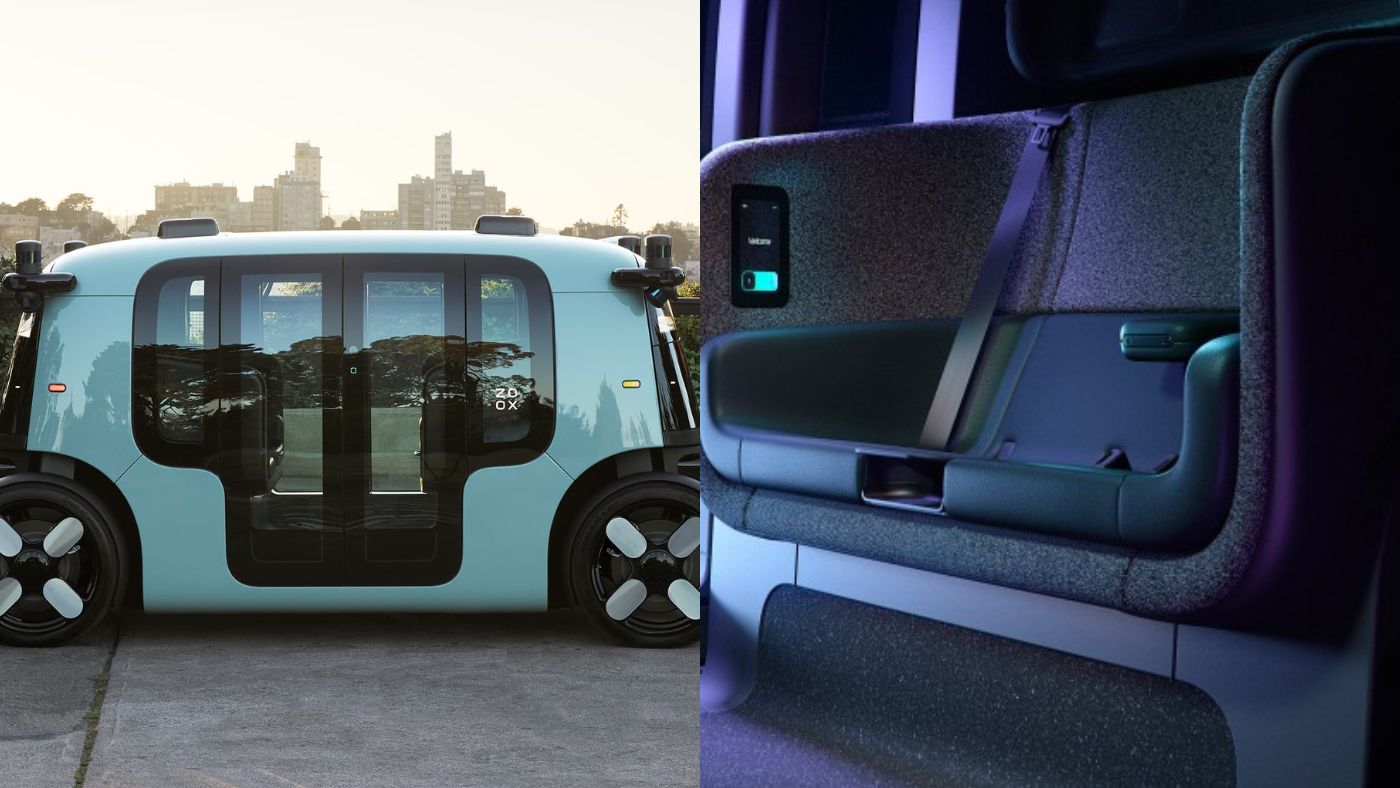
Levinson argues that a purpose-built robotaxi, operated by its maker, is the safest way to deploy this technology. He believes it would take any company at least five years to achieve this.
“It takes a long time to design and build one of these things, and then to make sure that it’s safe,” Levinson said during the ride. “Not only does nobody else have one of these out on the roads, we don’t know of anybody that’s even working on it right now. Of course, somebody could be, in secret.”
In recent years, Waymo and Cruise seemed to outpace Zoox by deploying test fleets and converting them into revenue-generating services. However, Cruise’s mishandling of an incident involving a pedestrian has led to increased scrutiny from safety regulators for all three companies.
Tesla may soon join this group, aligning with Zoox’s approach of developing purpose-built robotaxis. Musk is scheduled to reveal Tesla’s car on August 8th. Tesla’s development strategy differs, relying on a camera-only system for detecting surroundings, while Zoox uses a multi-sensor suite for a comprehensive 360-degree view.
Zoox is preparing to test its robotaxi in San Francisco, alongside its existing fleet of retrofitted test cars, with other locations like Austin and Miami also planned. The company remains committed to a cautious, deliberate expansion strategy.
“I’ve really stayed away from the race and, you know, calling who has pole position and who doesn’t,” Zoox CEO Aicha Evans said at the company’s Las Vegas facility. “What I will tell you is that Zoox has even more conviction in the path that it’s chosen.”

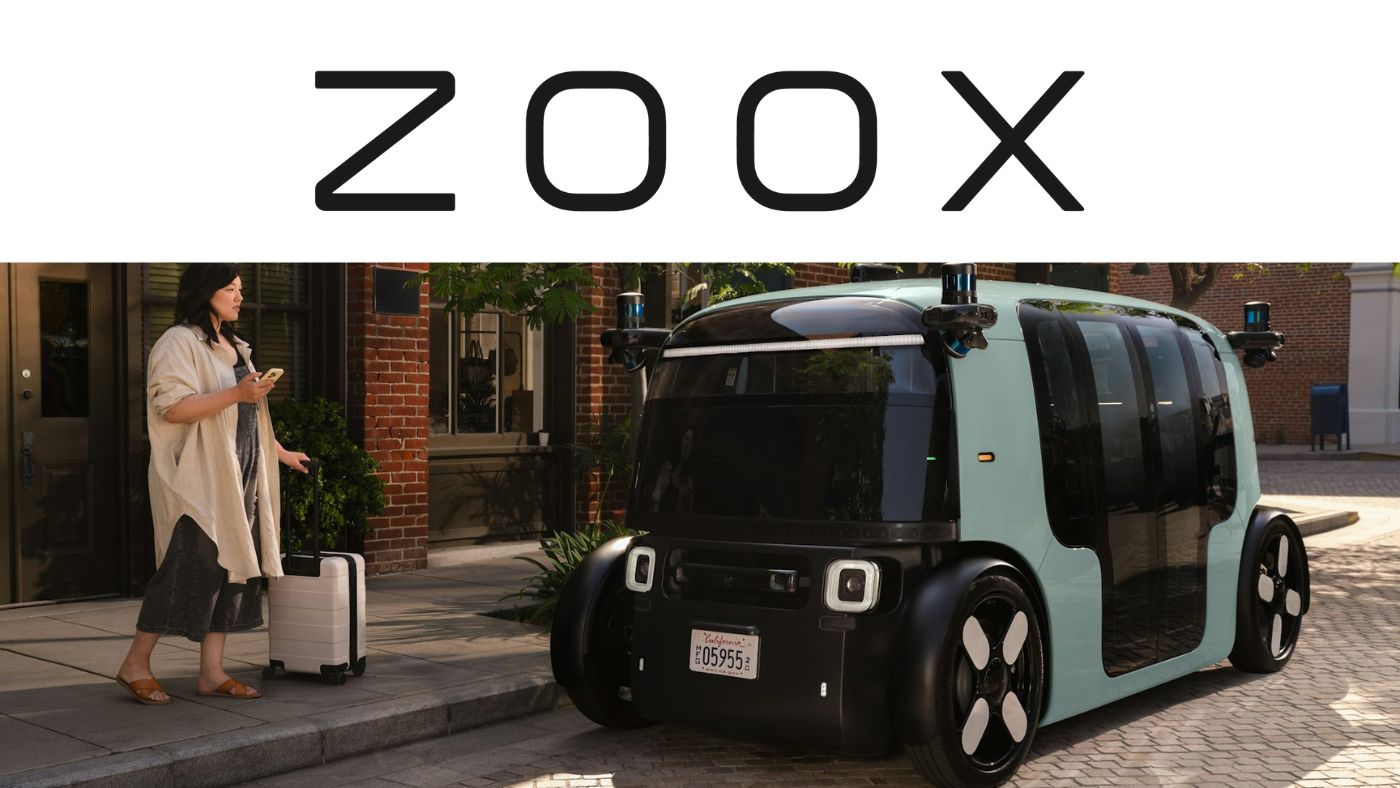

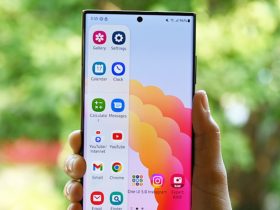

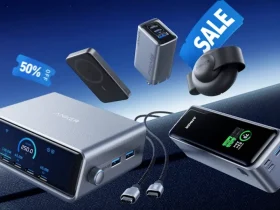
Leave a Reply